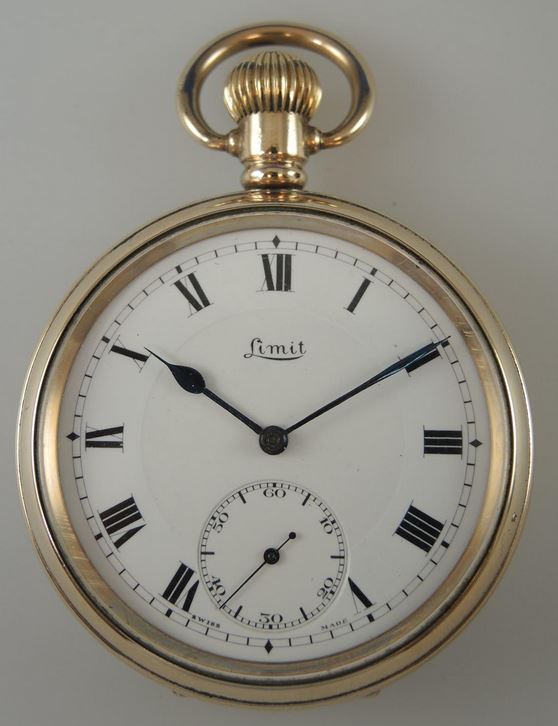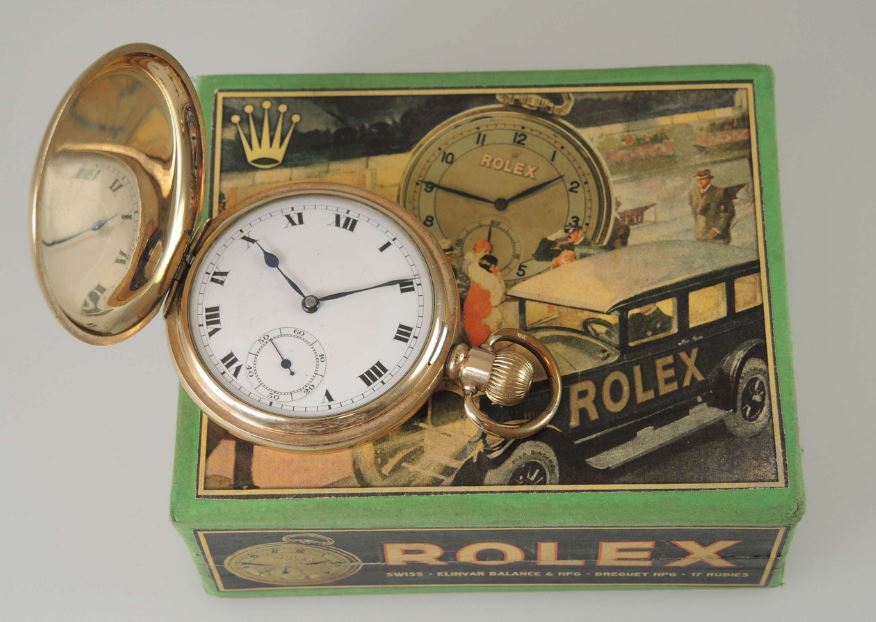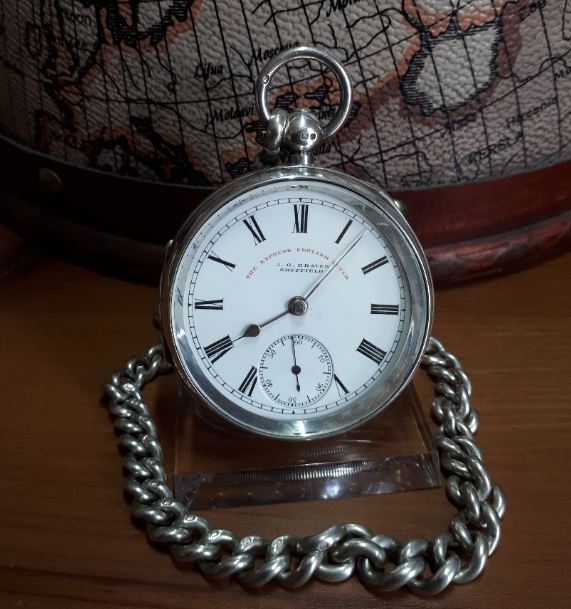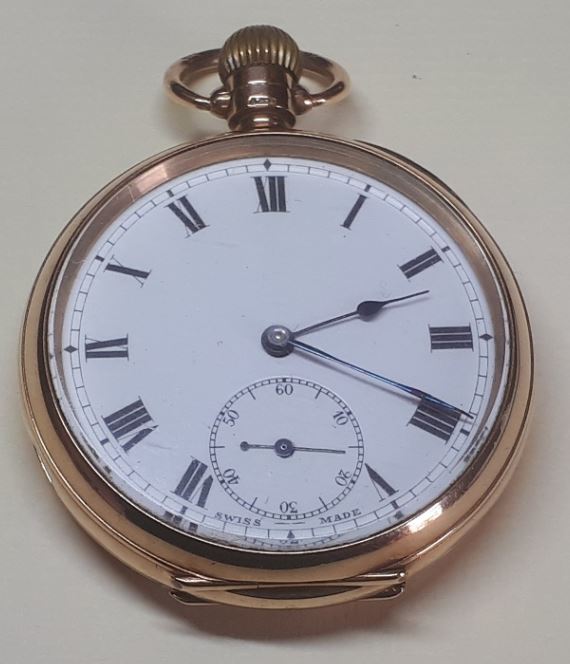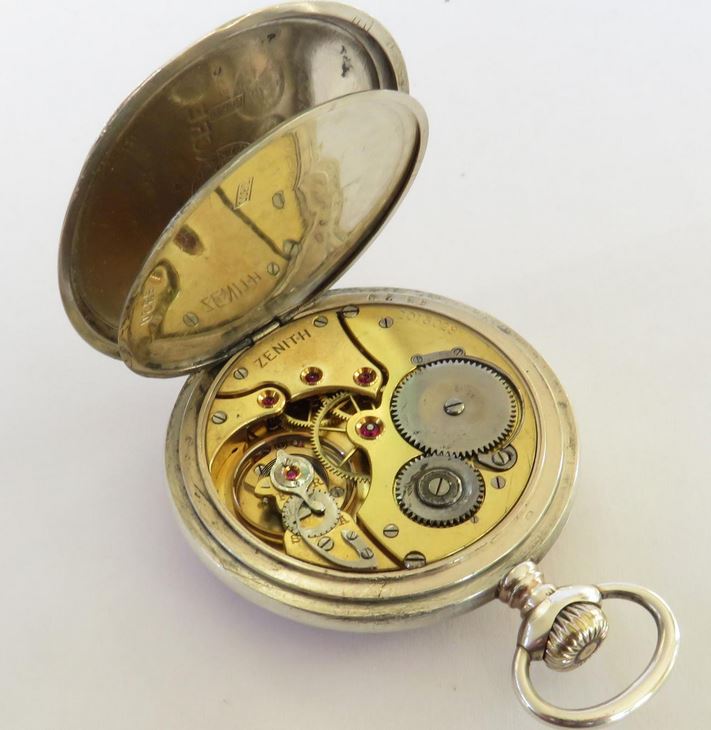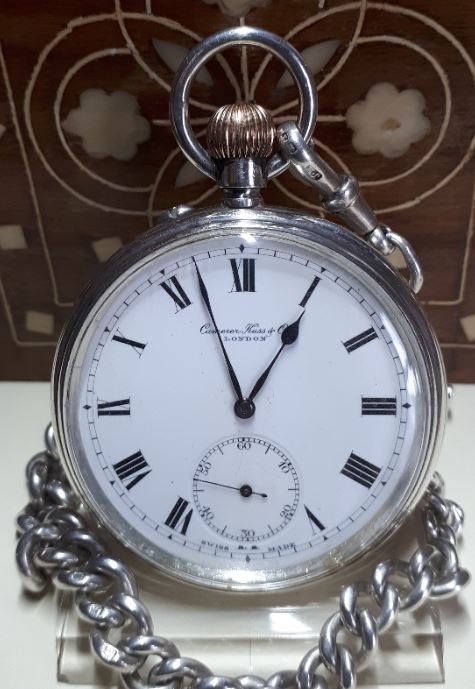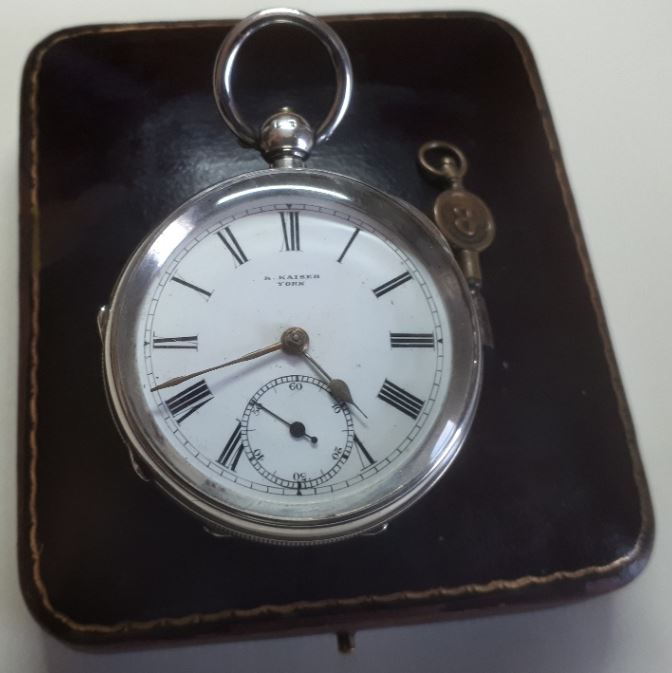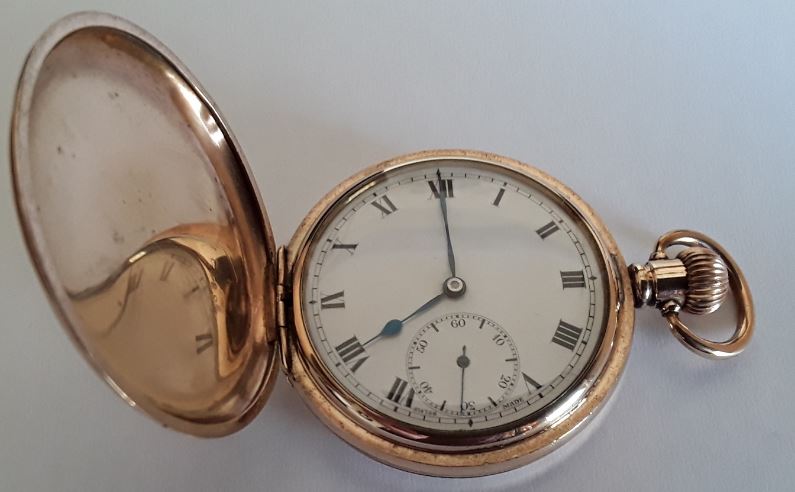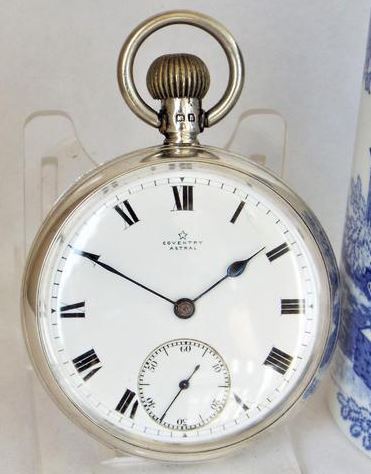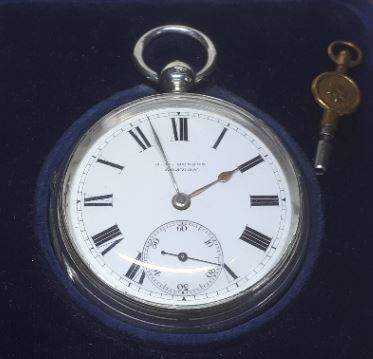Last updated on July 2, 2024
As a gift, for most people, antique pocket watches make for a sentimental offering rather than an actual instrument for timekeeping. It is an ideal gift for a significant life event such as a wedding or retirement. There are many options and price ranges, but no matter what the cost or style is, each antique pocket watch will carry a unique story. It’s like having a piece of history in your hand. Here is a 10-point practical antique pocket watch buying guide.
1.) The brand name
Be aware that the name on the dial, particularly on watches from British markets, is rarely going to be the manufacturer’s name. During the 19th and 20th centuries, British retailers would only sell watches with their own name on the dial. Furthermore, the world of watchmaking is split between watch manufacturers who made components, and complete watches, and watchmakers who simply assembled the components. A watch manufacturer could supply blank movements to a series of watchmakers who would then assemble the components into complete watches. The same blank movements could be used to create watches of different quality depending on the level of finishing applied. When considering brand names, you need to focus on the name of the watchmaker and/or the name of the manufacturer.
2.) The price
An antique pocket watch from a specialist dealer will range in price from £150 to many thousands of pounds. Set your budget before you begin looking and only consider watches that fall within that price range. It is very easy to purchase a presentable and reliable antique pocket watch for a couple of hundred pounds. If you look at more expensive antique pocket watches, you may fall in love with a watch you really can’t afford.
3.) The chain
Always, look to add an Albert chain to the gift. Antique pocket watches should always be secured to a chain or fob to prevent them from being damaged if dropped. The cost of the chain should be factored into the price and often the chains made from precious metals can cost as much as the watch itself. There are more modern options available other than an Albert chain including bolt-ring chains, belt clips, leather fobs and pouches.
4.) The case material
Antique pocket watch cases can be made with silver, gold, sterling silver, gun-metal, stainless steel or any other type of metal. Typically, all things considered, those made of hallmarked, precious metals will hold greater value.
The metal case can be engraved which is a way of personalising the gift. However, keep in mind that this is likely to reduce the resale value of an antique watch. If this is a gift that is likely to hold great sentimental value and is expected to become a family heirloom, this may not be a problem. I prefer to keep my antique watches as original as possible to protect the resale value. The condition of the case is also important. Remember, there is a clear difference between patina, which is desirable, and damage. Always avoid the latter.
5.) The movement
Always inspect the condition of the movement. You do not need to be an expert to do a basic check. Ideally, the movement should be clean and free of any signs of corrosion. Additionally, take a look at the position of the regulator lever, if it is pushed far to one side, it could indicate that the watch is in need of service. Also, verify the number of jewels within the movement, generally the higher the number, the higher the quality of the watch. A budget-level watch contains 7 jewels, whereas a movement with 15 or 17 jewels is considered to be fully jewelled.
Always, check the timekeeping of the movement. How accurate is the watch over a 24-hour period? It should be run within a couple of minutes of accuracy over the course of a day. If it is worse than that it is likely to require a service to become a practical timepiece. Also, check the power reserve on a full wind. It should run for close to 30 hours on a full wind.
6.) Consider how they will use it
If the recipient is likely to use the antique pocket watch as an everyday accessory, you’ll want a piece that’s functional and timeless. Remember, the watch will spend most of its time hidden in a pocket, with perhaps just the chain visible. If you think they will only wear it for special occasions, you can select an antique pocket watch that is a little more elegant.
7.) Buy from specialist dealers
Always deal with respected antique watch dealers. There are a lot of so-called experts online that are really just trying to unload their wares. Focus, on specialist jewellers, antique shops and respected auction houses. Additionally, do your own research online. Evaluate each of your options and visit a few before deciding which one to use for your purchase.
If you’re looking for a great deal, the Internet is a good place to buy. Internet retailers have less overhead than brick and mortar stores, so you often get the savings passed on to you in the form of lower prices. The internet is also a great source of information. Online auction sites often retain sale results, so you can get a good idea of the right price to pay for specific watches.
8.) Case style?
Typically, antique pocket watches come in 2 styles. Either open-faced or hunter-cased. Open face watches are just as the name implies. They have no covering over the face, so you never have to deal with a hinge or a cover. The watches always display the time in plain sight. You simply have to take the watch out of your pocket and glance at it to tell the time. Hunter-cased pocket watches have a protective hinged cover. You have to depress the crown to release the cover and display the watch face.
Open-face pocket watches have one main drawback, the face is exposed and can easily be damaged. Keys, coins and any hard items sharing the pocket can cause scratches to the crystal. In contrast, hunter-cased pocket watches have a more protected face and are better suited for people with an active lifestyle. Please consider the activity level of the recipient and how they would likely use the watch before choosing between open and hunter cases.
9.) Does the watch have an interesting history?
Some watches have stories. Antique pocket watches have obviously lived another life before they came to your possession and they can be quite interesting conversation starters. When buying an antique pocket watch, get as much of the piece’s history as possible. However, I tend to avoid pocket watches that have been personalised with engraving. Unless, you are lucky enough to find an antique watch with the intended recipient’s initials engraved, try and avoid personalised watches. An engraved watch is also likely to have a lower resale value because collectors will consider it less original.
10.) Think of it as an investment in history
When choosing an antique pocket watch as a gift, look for a piece that the recipient can pass on to future generations. Why choose an ordinary watch when you can spend a little bit more and get something that will become an heirloom? Choosing a piece made of precious metal or set with precious stones can be a great choice too. However, keep in mind the personal style of the intended recipient. Some people have a simple style, which would be better suited to an understated timepiece. In general, diamonds and precious metals will appreciate with time.
Related content
A beginner’s guide to antique pocket watches.
Tax benefits for UK antique watch collectors.
5 things you should know before purchasing an antique watch.

